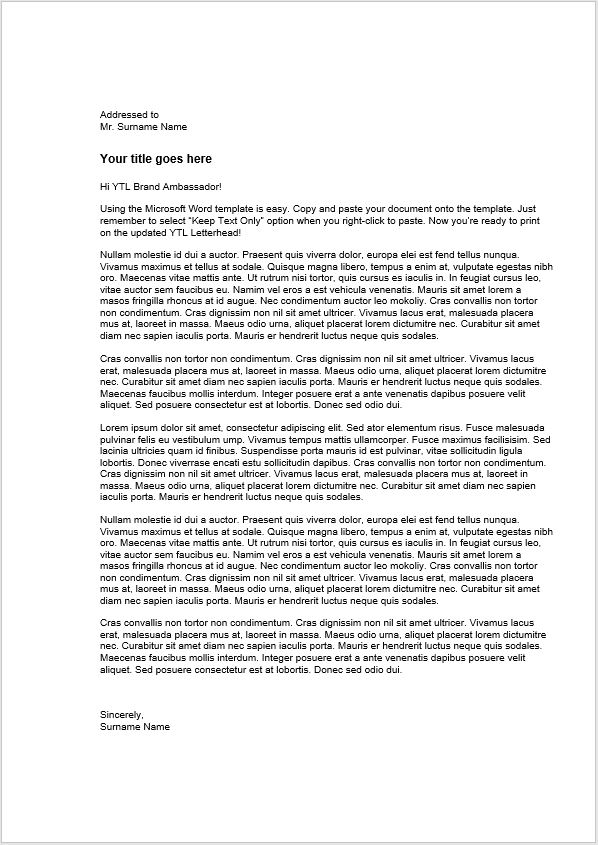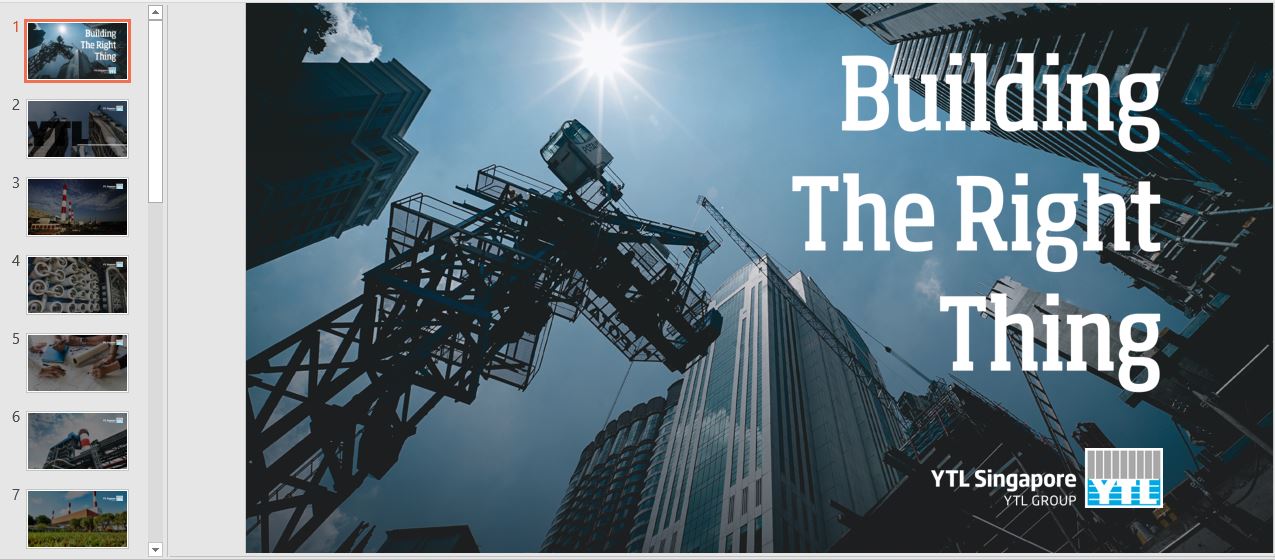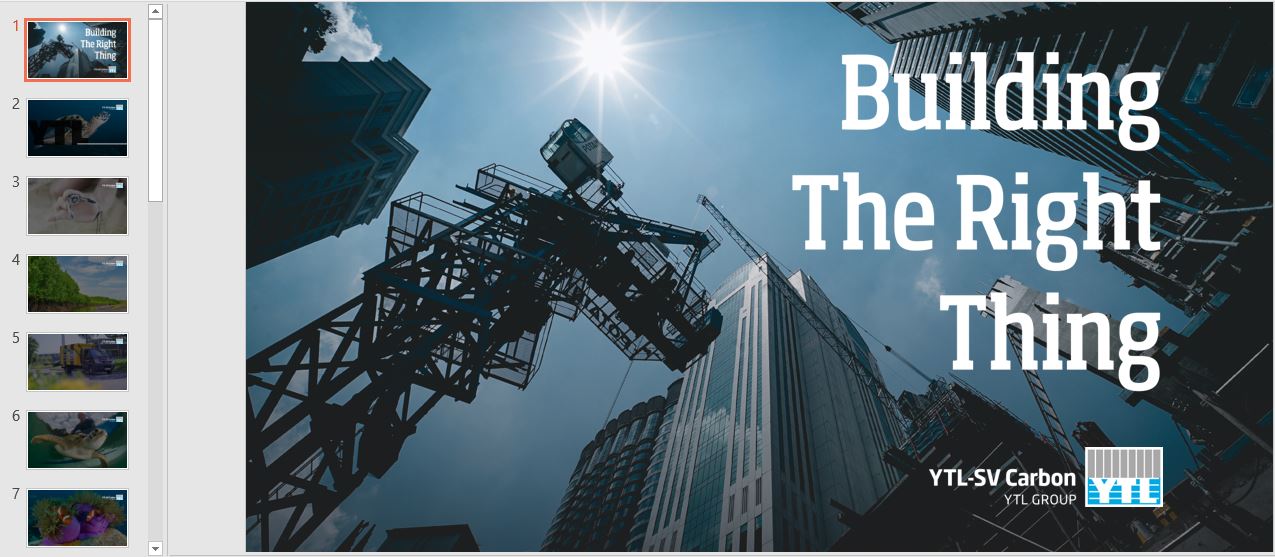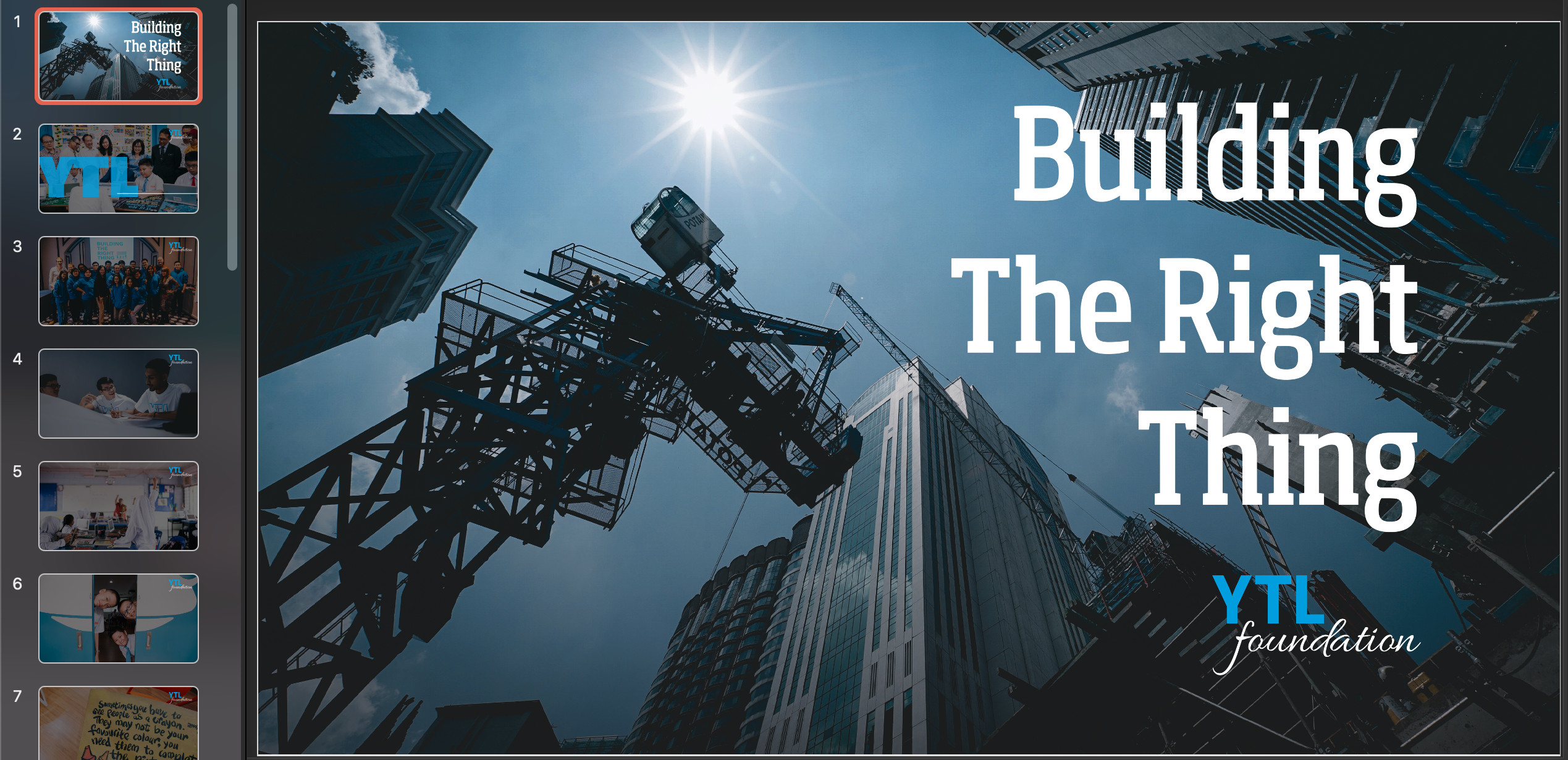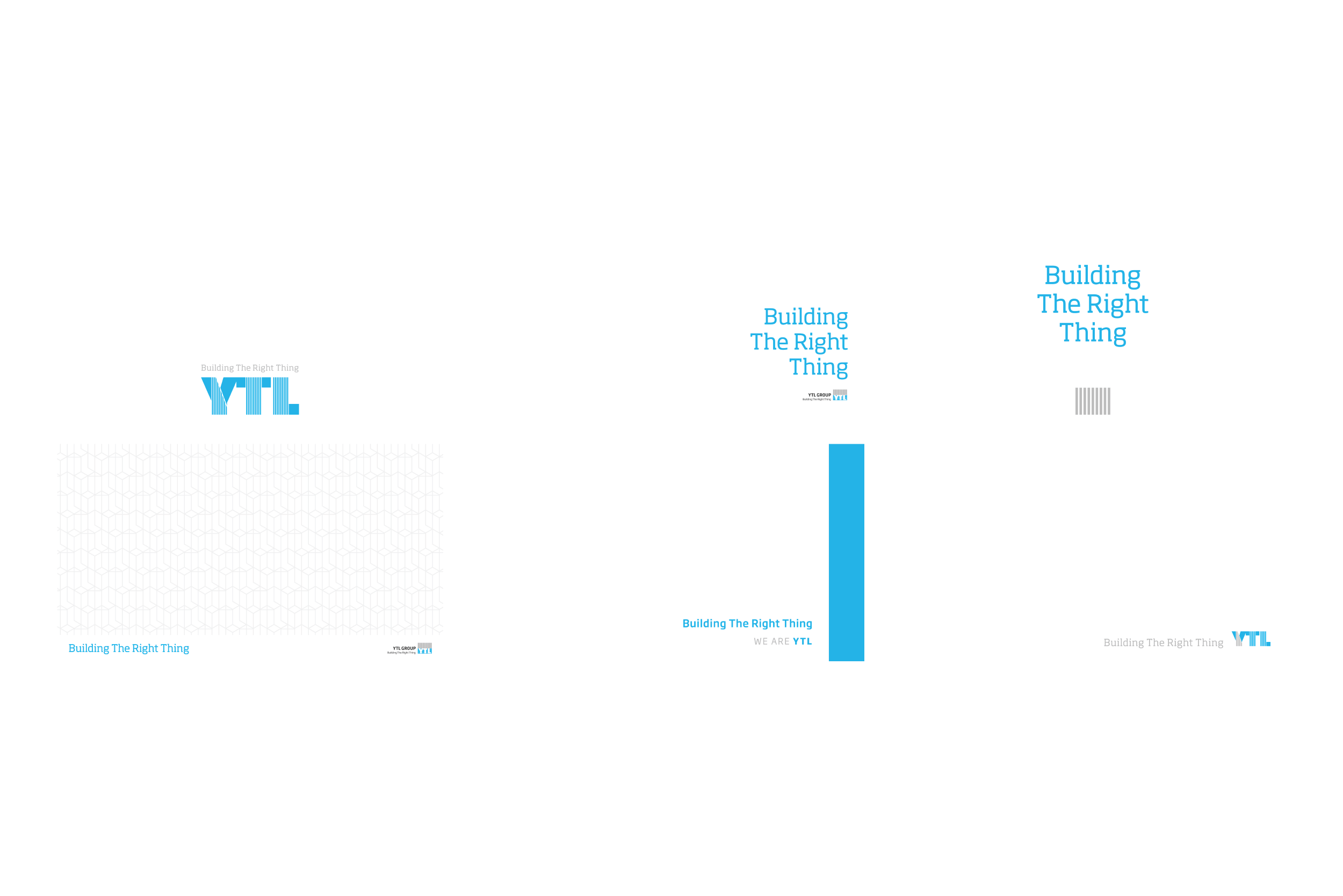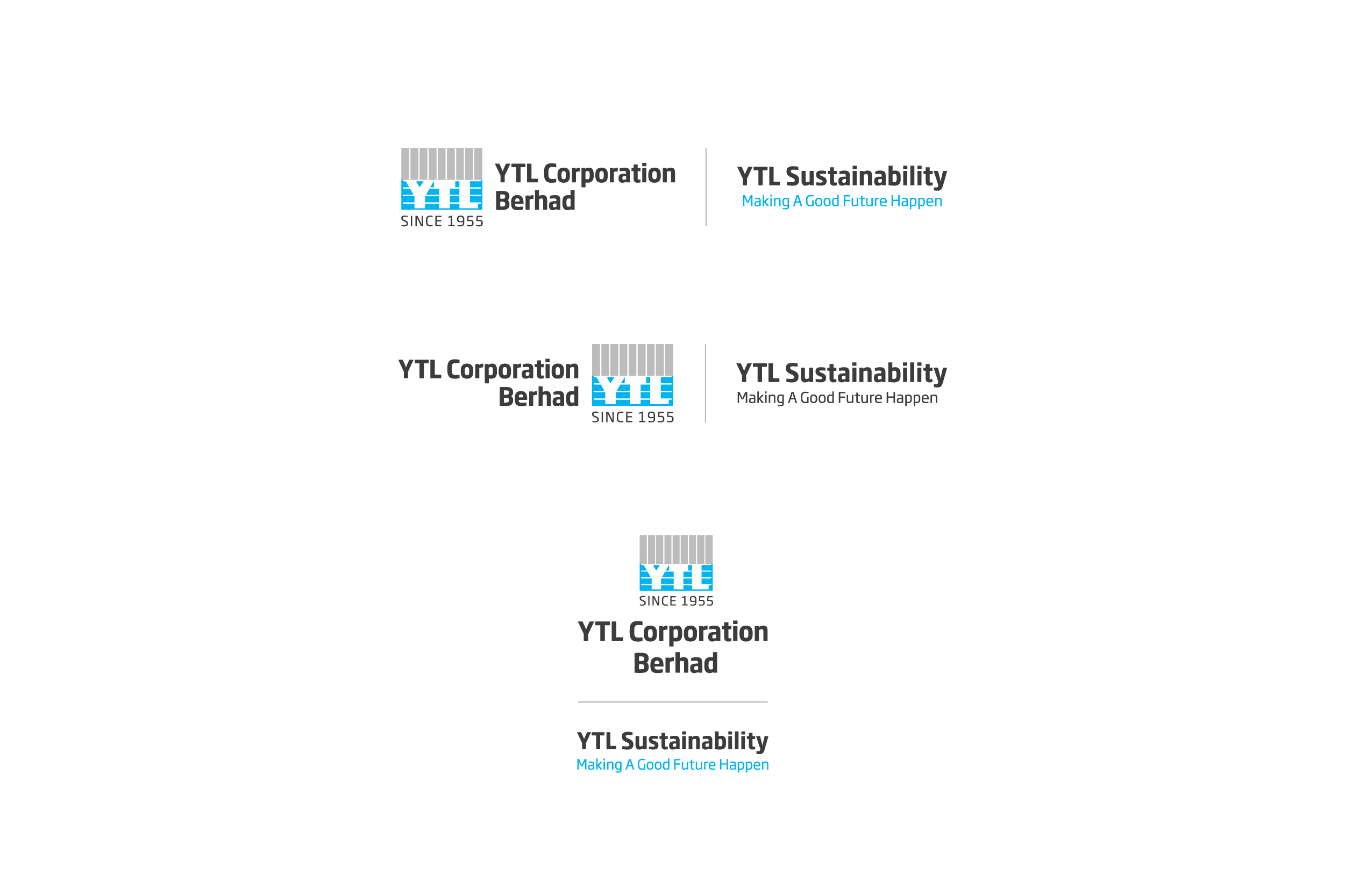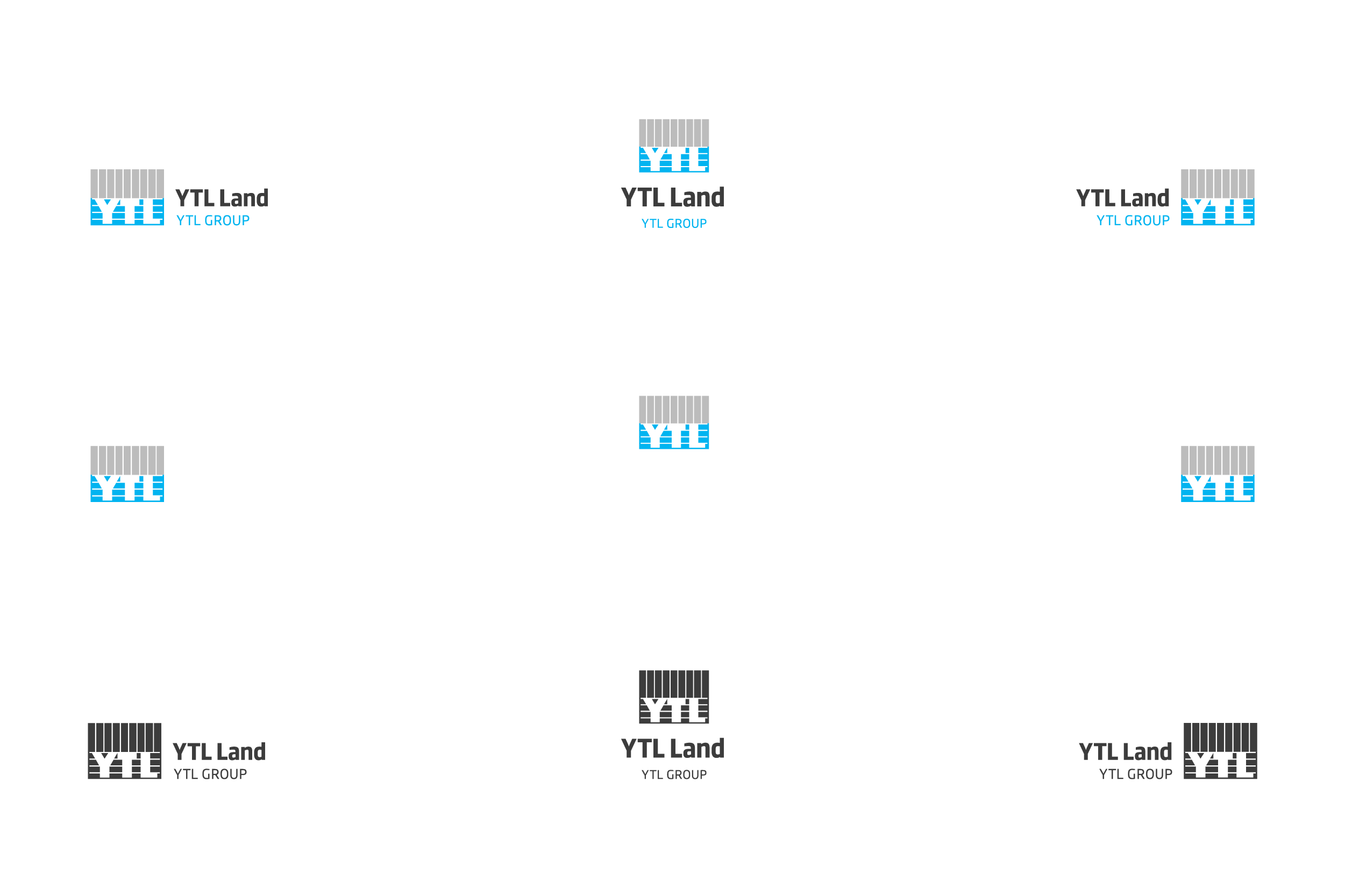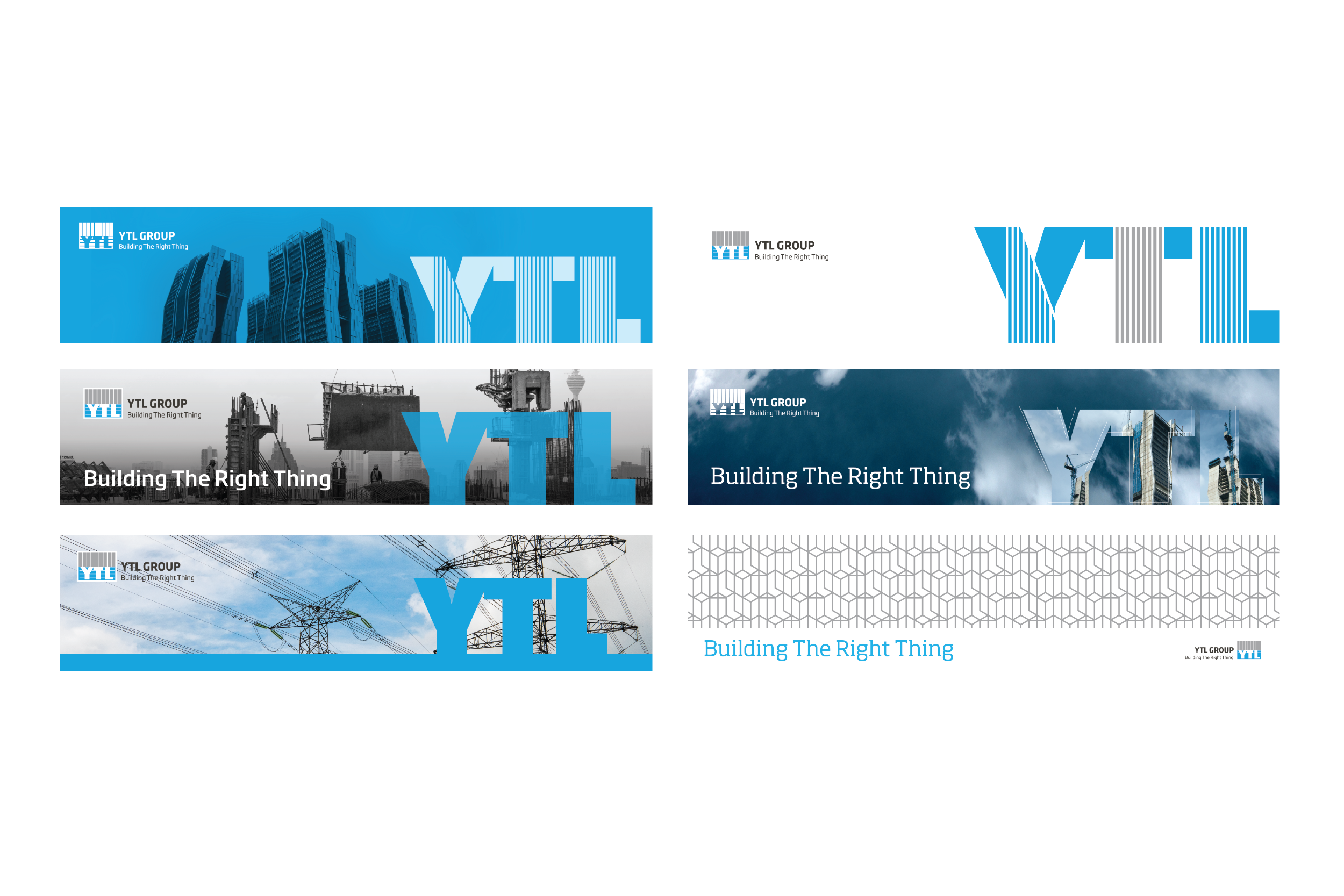by Anishametra Saravanan

Source: UNC
Getting a project over the finish line can be tough enough. But juggling multiple projects simultaneously? That may feel like frying an egg while typing an email and ironing your work clothes.
With your eyes closed.
And one hand tied behind your back.
Keeping track of all those different (and often competing) tasks, timelines, stakeholders, and deliverables is enough to turn your brain to mush—much like that egg that’s sizzling on the stove. (Tip: If you do plan on multitasking and one of them includes keeping the stove on, please keep a close eye on it.)
Before you get started, put down the spatula and take a deep breath. We’ve got four (4) strategies to help you juggle multiple projects without cracking (yes, like an egg) under pressure.
1) Be proactive about capacity planning
Managing a project is relatively straightforward in terms of capacity planning and execution. However, when handling multiple projects simultaneously, it’s easy to overload yourself, especially if you view each project in isolation.
For instance, that one deliverable might not seem like a big ask—until you realize you have three other tasks due at the exact same time.
To avoid getting stressed, it’s essential to have a realistic understanding of your capabilities and not overly commit to tasks and deadlines without proper consideration.
2) Stay (super) organised
Handling multiple projects at once can put a lot of demands on your time and mental energy. To avoid chaos, use organisational tools like Microsoft Teams’ Task and Calendar Tab. These tools help you manage checklists, files, schedules, and deadlines efficiently, keeping your projects on track.

3) Prioritise your tasks and projects
Successfully managing multiple projects is all about effective prioritisation. That word alone probably inspires visions or tight deadlines, but prioritisation isn’t always about urgency. Here are a few ways you could prioritise:
- Deadline: The most obvious criteria; if it’s due first, do it first.
- Dependencies: Projects are much like lines of dominoes. When considering task dependencies, you prioritise tasks that have a direct impact on others. For instance, you might prioritise a task because you know the Design Team is at a standstill without it.
- Effort: There’s a big difference between having 3 hours for deep work and 10 minutes between meetings. For that reason, you can prioritise tasks based on the energy and effort they require.
- Importance: Finally, you can prioritise work based on impact. Put simply, how much weight does the task carry in achieving a goal?
4) Batch tasks
Having several projects at once can lead to the temptation of constantly switching between tasks like playing whack-a-mole. However, this approach of rapid context switching might not be as productive as it seems.
Instead, try grouping similar tasks together, even if they belong to different projects. For instance, dedicate an hour to answer emails and then focus on research or creating outlines for the rest of the morning.
When handling multiple projects, it’s essential to consider the type of task, not just the project itself, to manage your workload effectively and reduce stress.
Managing your work life would be a breeze if you were dealing with only one project at a time. However, that’s often not the case—most of us find ourselves handling multiple projects simultaneously.
While it might feel like an egg-frying-clothes-ironing-email-drafting-blindfolded circus act every now and then, we hope these strategies help you plan, organise, and power through your projects without leaving you in a scrambled state (much like that fried egg).
Source:
Trello







